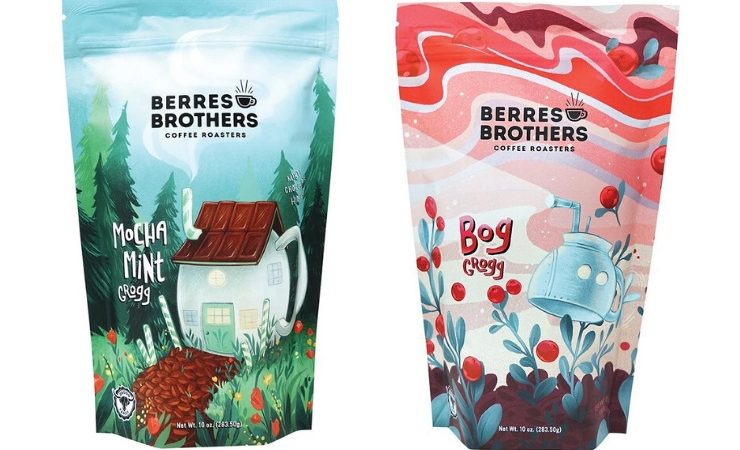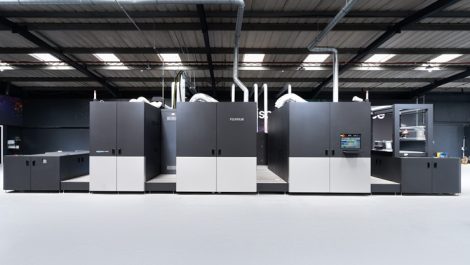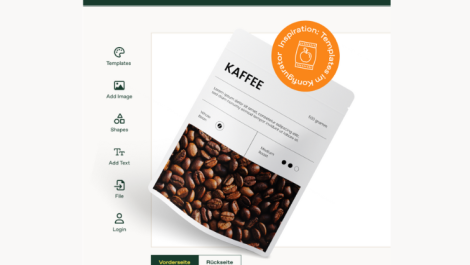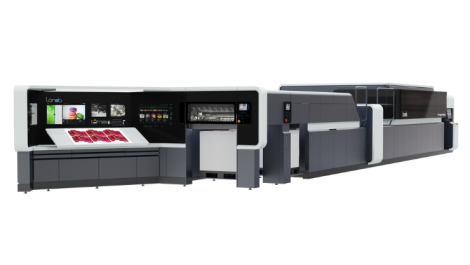ePac Flexible Packaging is to move into W2P and ecommerce as part of the next stage of the global digital flexible packaging disruptor’s future.
Started as a Greenfield operation in the US, ePac has rapidly expanded with locations across North America, Europe and Asia, with more sites being assessed and added based on market demand. In terms of technology, ePac’s business model is built on HP Indigo’s liquid electrophotographic (LEP) printing process, supported by complementary converting technology from the likes of Nordmeccanica and Karlville.
This manufacturing model is replicated at all of its sites, while software has also needed to be scalable and ‘all encompassing’, according to Carl Joachim, the converter’s chief marketing officer (CMO).
Speaking as part of a panel discussion on the fourth day of the Printing United Digital Experience event (29 October, 2020), Mr Joachim said, ‘An important part of the ePac business model is the role software does and will play, and will continue to have in a more enhanced way.
‘We see ePac as being at the crossroads of technology, innovation and manufacturing. We knew we were creating something new and different, and creating the market.’
With locations and converting hardware inevitably identified as the foundation upon which ePac’s successes to date have been achieved, Mr Joachim added, ‘When it came to software, we had to find systems that worked for us, from ERP to handling pre-press. In some instances, we had to grow the tools ourselves and buy components that could be integrated via APIs with our processes.
‘Our software initiative has been all encompassing; it needed to be Cloud-based and had to be replicable from site to site to site.’
Mr Joachim identified W2P and ecommerce as forthcoming developments such a software programme will enable, whilst its involvement in connected packaging will also be ramped up as a means for brands of all sizes and consumers to connect and engage directly. ePacConnect Lite is an entry-level no-cost option for small and medium-sized brands, with the fee-based ePacConnect Premium for customers with broader requirements. An important part of this connected packaging play will be the education component, such as consumers interacting with packaging to understand how to dispose of it properly.
‘The software and hardware come together to create the platform that ePac is built on,’ Mr Joachim concluded.






